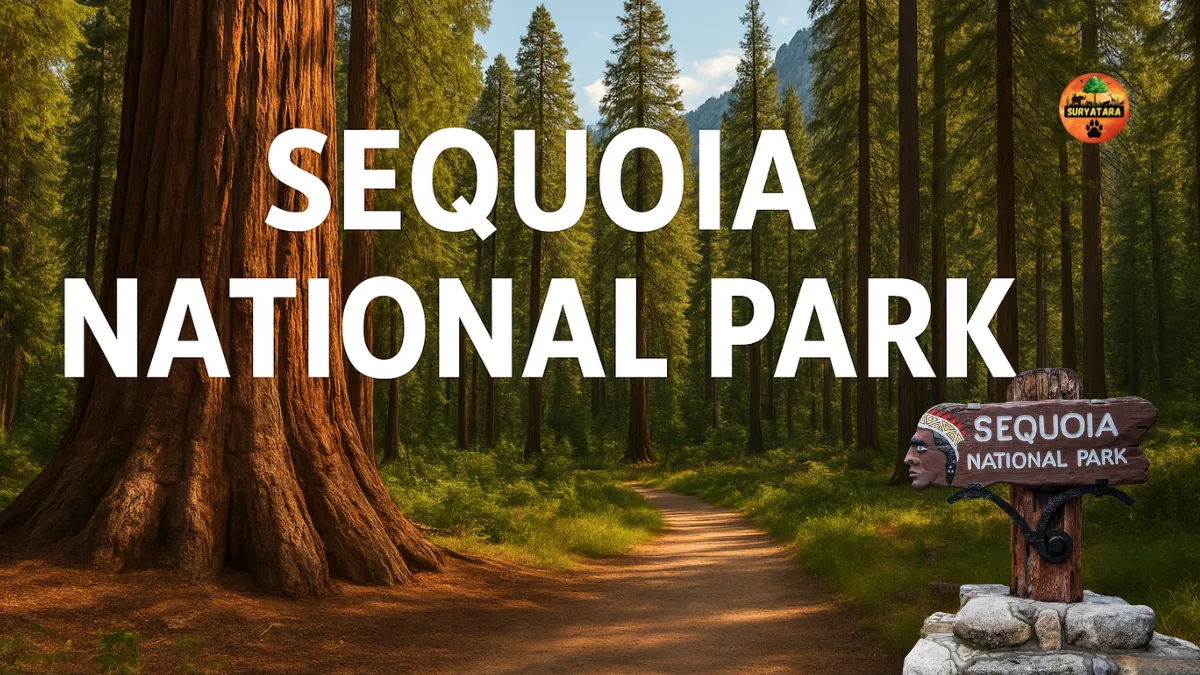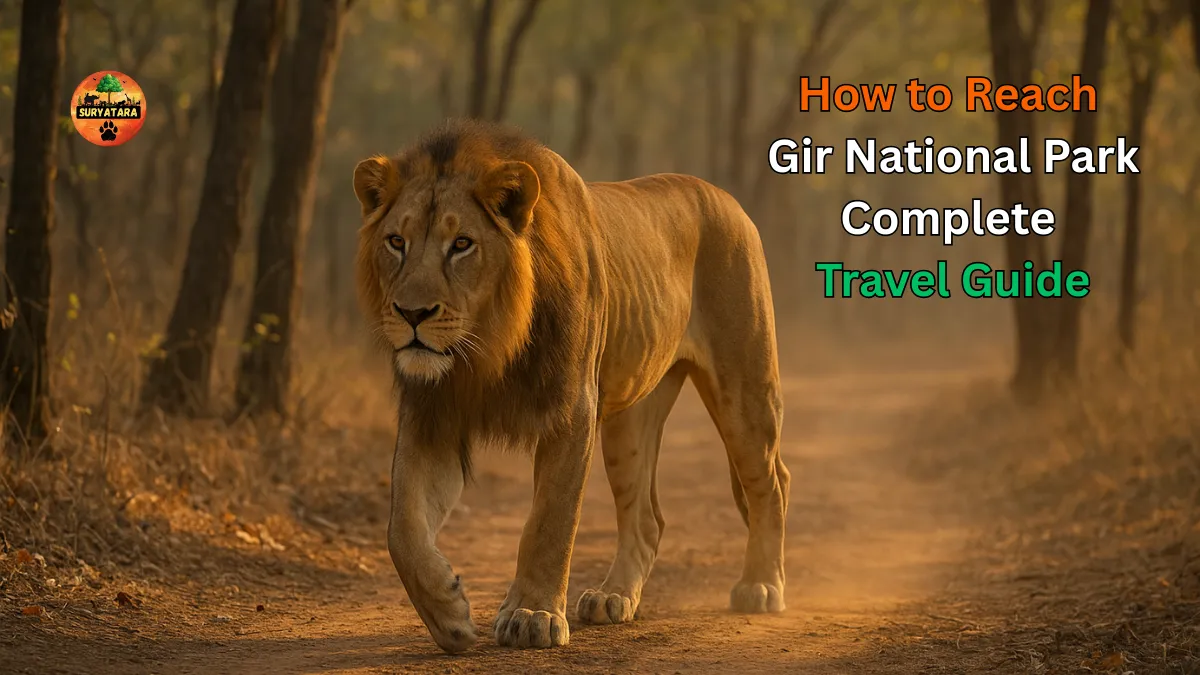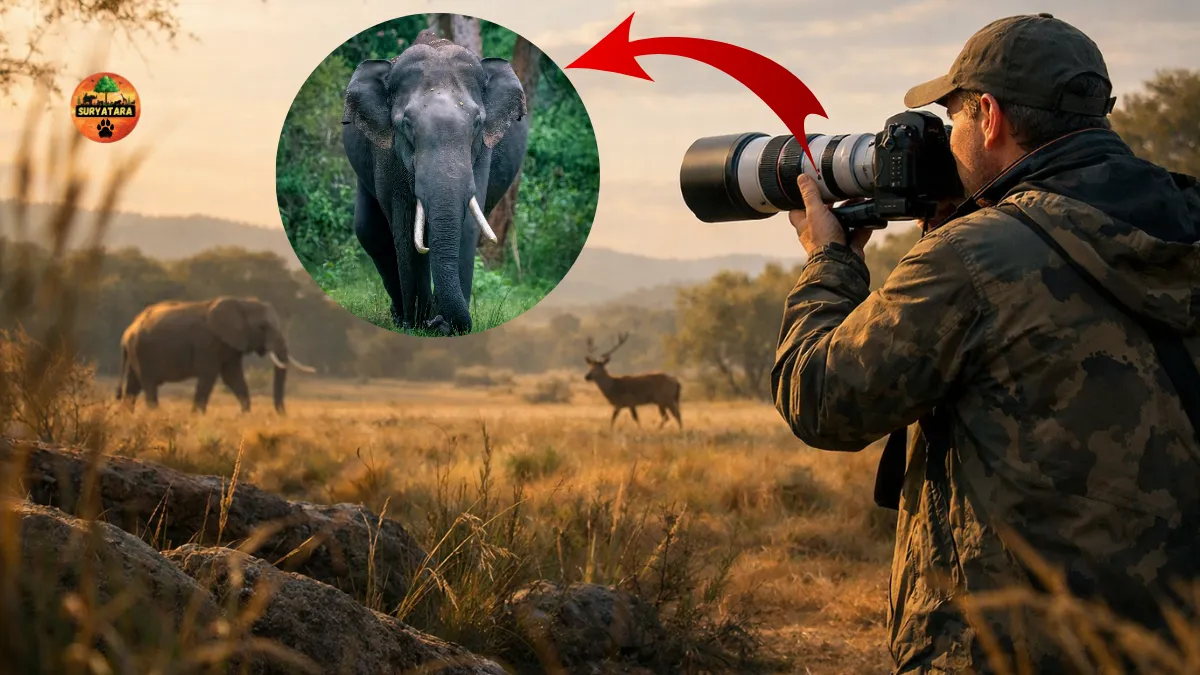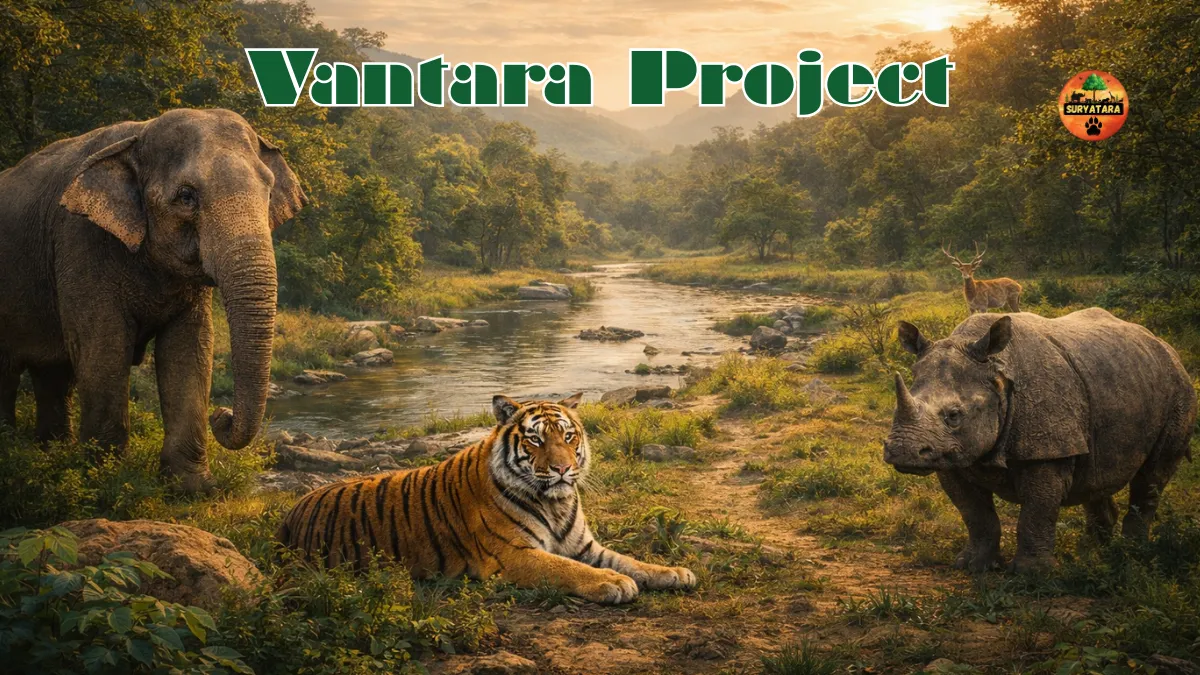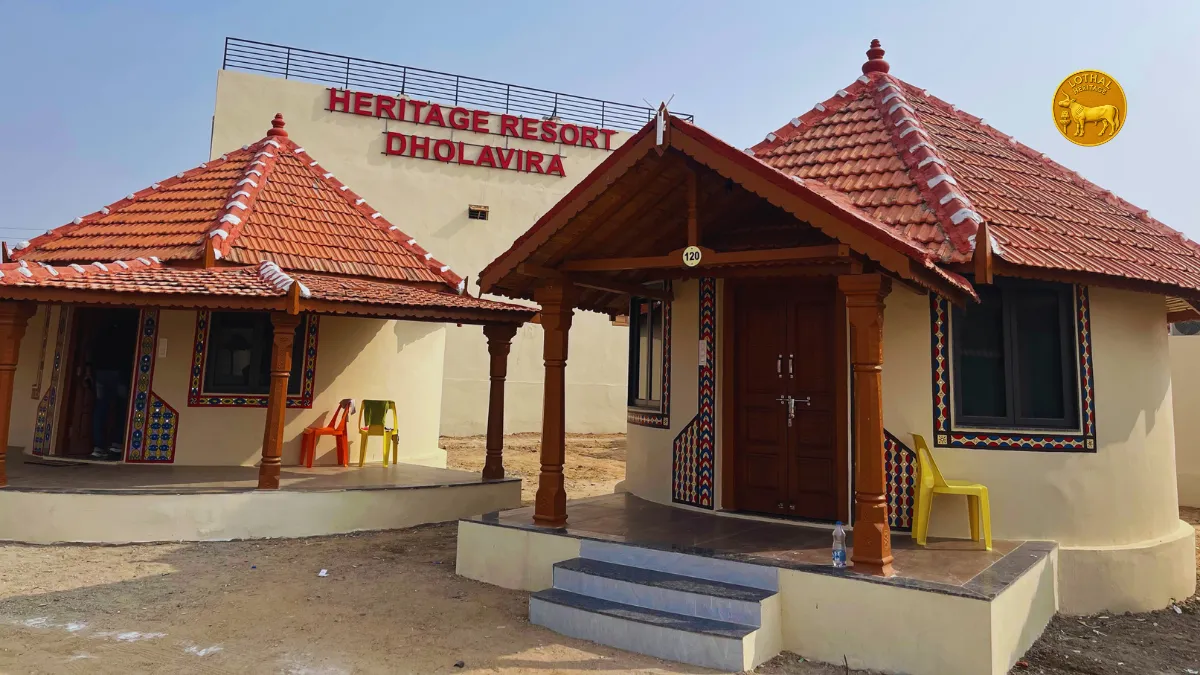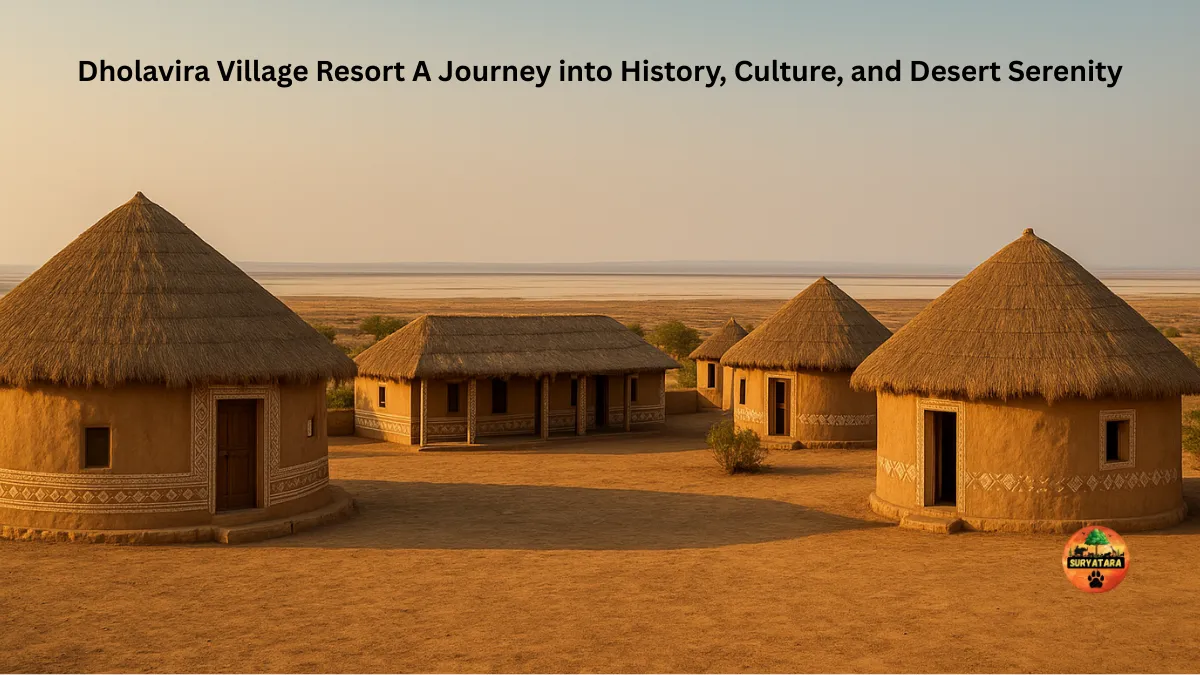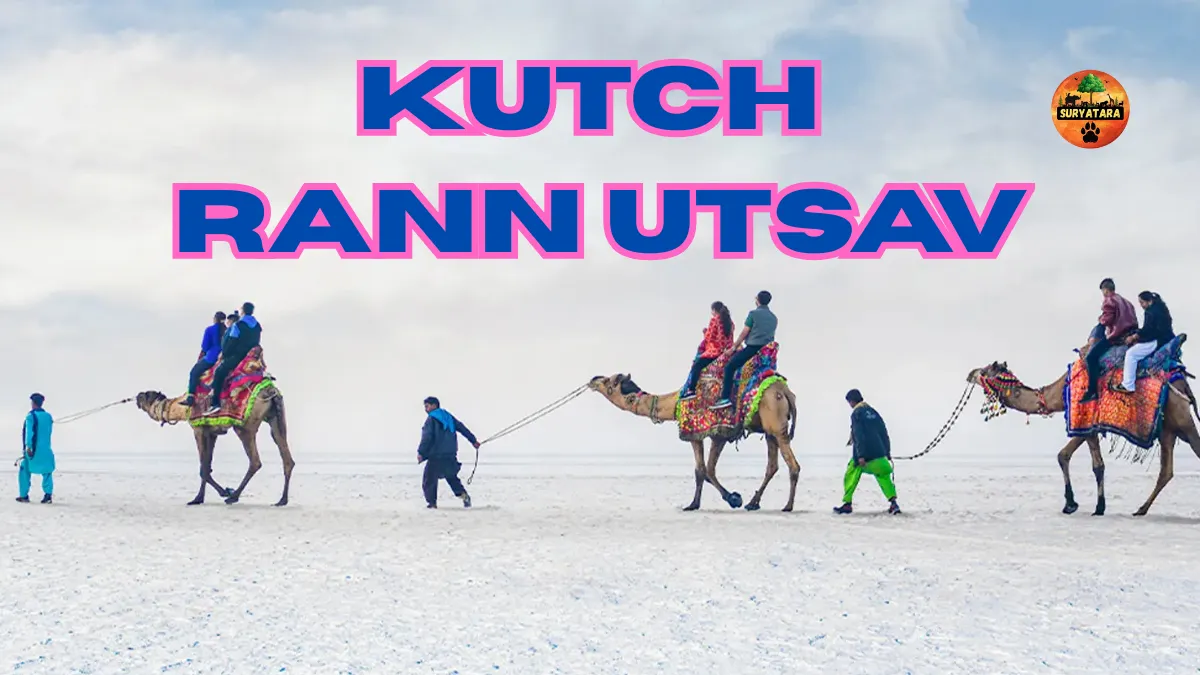Sequoia National Park is one of California’s most breathtaking natural treasures, known for its towering trees, dramatic mountain landscapes, and pristine wilderness. Located in the southern Sierra Nevada Mountains, this national park offers an unforgettable escape into nature, where ancient sequoias—some thousands of years old—stand as living witnesses to the passage of time. Whether you’re a nature lover, hiker, or photographer, Sequoia National Park promises a truly awe-inspiring experience.
About Sequoia National Park
Established in 1890, Sequoia National Park is America’s second-oldest national park, created to protect the world’s largest trees—giant sequoias. Spanning over 404,000 acres, the park’s terrain varies dramatically, from low-elevation foothills to the towering peaks of the Sierra Nevada, including Mount Whitney, the highest point in the contiguous United States.
The park is part of a joint management area with Kings Canyon National Park, making it a vast wilderness full of natural wonders—deep canyons, alpine lakes, waterfalls, and rich biodiversity.
Key Details About Sequoia National Park
| Aspect | Details |
|---|---|
| Location | Tulare County, California, USA |
| Established | September 25, 1890 |
| Area | 404,064 acres (1,635 km²) |
| Elevation Range | 1,300 ft to 14,494 ft (Mount Whitney) |
| Famous For | Giant sequoia trees, including the General Sherman Tree |
| Best Time to Visit | June to October |
| Nearest City | Visalia, California |
| Entry Fee | $35 per vehicle (valid for 7 days) |
| Managed By | U.S. National Park Service |
Top Attractions in Sequoia National Park
1. General Sherman Tree
At the heart of Sequoia National Park stands the General Sherman Tree, the largest living tree on Earth by volume. It towers at 275 feet tall and has a trunk diameter of over 36 feet at the base. Estimated to be around 2,200 years old, this tree is a true symbol of nature’s grandeur and resilience.
2. Giant Forest
The Giant Forest is home to five of the ten largest trees in the world. It’s a magical place filled with massive sequoias, peaceful walking trails, and the crisp scent of pine. Don’t miss the Congress Trail, a popular loop that takes you through some of the most impressive groves.
3. Moro Rock
For stunning panoramic views of the Sierra Nevada Mountains, Moro Rock is a must-visit. A granite dome accessible via a short but steep staircase of 350 steps, the summit offers a 360-degree view that’s especially spectacular at sunrise or sunset.
4. Crescent Meadow
Often called the “Gem of the Sierra,” Crescent Meadow is a lush, green clearing surrounded by giant sequoias. It’s an ideal spot for a picnic or a peaceful walk and was famously loved by naturalist John Muir.
5. Crystal Cave
A hidden gem beneath the forest floor, Crystal Cave is a marble cavern filled with stunning formations of stalactites and stalagmites. Guided tours are available during summer months, offering a glimpse into the park’s underground beauty.
Wildlife and Nature in Sequoia National Park
Sequoia National Park boasts a remarkable range of ecosystems, from oak woodlands to alpine tundra. This diversity supports an abundance of wildlife, including black bears, mule deer, mountain lions, bobcats, and over 200 species of birds.
During spring and summer, the park blooms with colorful wildflowers, while in winter, snow transforms it into a serene wonderland ideal for snowshoeing and cross-country skiing.
Best Time to Visit Sequoia National Park
The best time to visit Sequoia National Park is from June to October, when the weather is pleasant and most areas are accessible. Summer offers ideal hiking conditions, while early autumn brings fewer crowds and vibrant fall colors.
However, winter has its own charm—quiet trails, snow-covered sequoias, and a peaceful atmosphere. Just be prepared for road closures and carry snow chains if you’re driving.
Also read: Tusayan Faces Slow Tourism Season Near Canyon National Park
Travel Tips for Visiting Sequoia National Park
- Plan ahead: Cell service is limited, so download maps before entering.
- Dress in layers: Temperatures can vary greatly between elevations.
- Stay hydrated: The dry mountain air can cause dehydration quickly.
- Respect wildlife: Keep a safe distance and store food properly.
- Visit early or late: Mornings and evenings offer better lighting for photography and fewer crowds.
Nearby Attractions
Combine your trip with nearby destinations for a fuller adventure:
- Kings Canyon National Park – Just north of Sequoia, offering deep valleys and rugged backcountry trails.
- Yosemite National Park – About four hours away, famous for its granite cliffs and waterfalls.
- Visalia – A charming city with local dining and lodging options for park visitors.
Also read: Glacier National Park (U.S.): A Complete Travel Guide to the Crown of the Continent
Why Sequoia National Park is a Must-Visit Destination
Sequoia National Park isn’t just a destination—it’s an experience that reconnects you with nature’s timeless beauty. Walking among the world’s largest trees, breathing in the crisp mountain air, and witnessing sunsets over the Sierra peaks offer a humbling reminder of Earth’s magnificence.
Whether you’re camping under starlit skies, exploring marble caves, or standing beside the mighty General Sherman Tree, Sequoia National Park captures the true spirit of adventure and awe.
Conclusion
Sequoia National Park is a living sanctuary of natural wonders and history. Its towering trees, rich wildlife, and breathtaking landscapes make it one of the most inspiring places to visit in the United States. Every trail, grove, and vista tells a story millions of years in the making—one that continues to leave visitors speechless with wonder.
